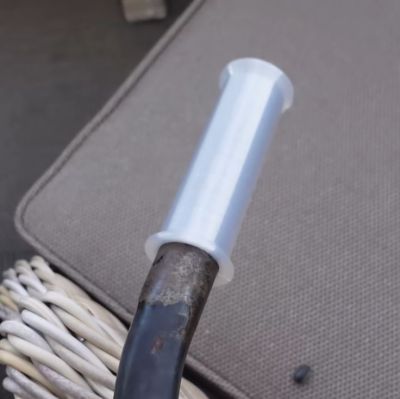Another entry in the world of interesting FDM filaments comes courtesy of CC3D with their 72D TPU filament, with [Dr. Igor Gaspar] putting it to the test in his recent video. The use of the Shore hardness D scale rather than the typical A scale is a strong indication that something is different about this TPU. The manufacturer claims ‘nylon-like’ performance, which should give this TPU filament much more hardness and resistance to abrasion. The questions are whether this filament lives up to these promises, and whether it is at all fun to print with.

TPU is of course highly hydrophilic, so keeping the filament away from moisture is essential. Printing temperature is listed on the spool as 225 – 245°C, and the filament is very bendable but not stretchable. For the testing a Bambu Lab X-1 Carbon was used, with the filament directly loaded from the filament dryer. After an overnight print session resulted in spaghetti due to warping, it was found that generic TPU settings at 240ºC with some more nylon-specific tweaks seemed to give the best results, with other FDM printers also working well that way.
The comparison was against Bambu Lab’s 68D TPU for AMS. Most noticeable is that the 72D TPU easily suffers permanent deformation, while being much more wear resistant than e.g. PLA. That said, it does indeed seem to perform more like polyamide filaments, making it perhaps an interesting alternative there. Although there’s some confusion about whether this TPU filament has polyamide added to it, it seems to be pure TPU, just like the Bambu Lab 68D filament.
Continue reading “Nylon-Like TPU Filament: Testing CC3D’s 72D TPU”


















